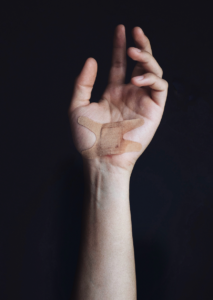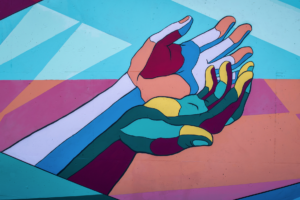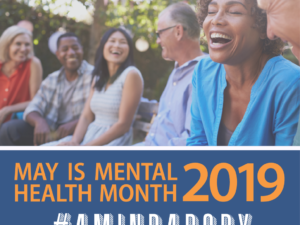June 27, 2020

Imagine you are running through your neighborhood, the only thing in your sight is the open road. The route is your normal routine, one you have run hundreds of times before. As you approach the end of the road that is your usual halfway point, you start to take the turn, and you trip over a large tree branch and land on the pavement. Your hands have gravel and pine needles on them, while your knee is throbbing and starting to bleed from road rash. It isn’t a deep wound that would require medical treatment, so you head back home and immediately go to your bathroom to pull out your first aid kid: hydrogen peroxide, antibiotic ointment and a bandage.
Now the real question is, how do you know that your brain needs healing? Author Sue Klebold states that “most people don’t turn to a mental health professional for help until they’re in real crisis. Nobody expects to heal their knee themselves, using self-discipline and gumption. Because of stigma, though, we do expect to be able to think our way out of the pain in our minds.” Where is your handy first aid kid to tend to your brain?

Something that may help is learning about psychological first aid. Now you ask, what exactly is psychological first aid? Researcher and psychiatrist Carol North defines it as “a collection of practical interventions and principles to address emotional distress.” In layman’s terms it means finding a way to focus on reducing psychological pain and suffering. The Center for the Study of Traumatic Stress tells us this can be done “by creating and sustaining an environment of (1) safety, (2) calmness, (3) connectedness to others, (4) self-efficacy – or empowerment, and (5) hopefulness.” However, prior to starting on this list of five steps, the most important thing that needs to happen is to ensure basic needs are met – food, clothing, and shelter.
What is hard about trying to self-treat your mental health is that “mental” is invisible. “It comes with all the fear, trepidation, and stigma of things we don’t understand,” states author Sue Klebold. Unlike the example of a scraped knee that just needs the supplies from your at-home first-aid kit to help heal rather than medical attention, mental health cannot be healed without the help of a professional mental health provider. Most people are not equipped with the tools provided in psychological first aid, as it is primarily taught to trauma mental health professionals and first responders. This doesn’t mean, however, that you can’t start to build your own psychological first aid kit to help you in a time of need.

Safety can only be defined by you, but should start with food, water, appropriate clothing, shelter, and addressing any physical wounds or injuries that may need medical attention. You can utilize deep breathing techniques by downloading an app to help calm yourself, or create a playlist with music that will calm you. Make sure this is not a time that you hibernate and shutdown from family, friends, and community, but instead embrace and reach out to them for support. Often you will find they want to help and be there for you, but are just waiting for you to ask. Often “stigma and ignorance mean that many people who are struggling do not pursue the help they desperately need. The shame attached to getting help for a crisis in brain health is not only tragic but deadly,” says author Sue Klebold. The best way for you to practice self-efficacy is by practicing self-care! And lastly, have hope! Just a reminder that this very moment isn’t going to last forever. It may feel horrible, rotten, and no good, but we humans are resilient! Find what works for you, and remember, you shouldn’t try to fix things by yourself when it comes to your mental health.
– Marchelle Carl, MA
Sources:
CSTS. “Psychological First Aid: How you can support well-being in Disaster Victims.” Center for the Study of Traumatic Stress. Department of Psychiatry. https://www.cstsonline.org/assets/media/documents/CSTS_FS_Psychological%20First%20Aid_Support_Well_Being_of_%20Disaster_Victims.pdf
Klebold, S. (2016). A Mother’s Reckoning: Living in the Aftermath of Tragedy. New York, NY: Crown Publishers.
North, C.S. (2014). “Mental Health Response to Community Disasters: A Fact Sheet for Disaster Mental Health Planners, Responders, and Providers.” Disaster and Community Crisis Center at the University of Missouri. https://dcc.missouri.edu/assets/doc/dcc_community_mh_response_factsheet.pdf





